Table of content
Introduction
Dacquoise, a name that rolls off the tongue with the elegance of French patisserie, refers to a delicate yet indulgent dessert that has captivated food enthusiasts for centuries. Hailing from the Dauphiné region of France, this layered meringue cake is a testament to the art of balancing texture and flavor. Unlike its close relative, the macaron, dacquoise is constructed from crisp, nut-studded meringue discs sandwiched with rich fillings such as buttercream, ganache, or fruit compote. The result is a dessert that marries lightness with decadence, offering a symphony of crunch and creaminess in every bite. While the recipe may appear daunting at first glance, mastering the techniques behind dacquoise—from achieving flawless meringue to assembling its layers—is a rewarding endeavor for both novice and seasoned bakers. This comprehensive guide will demystify the process, ensuring your dacquoise rises to perfection and delights with every slice.
Ingredients and Tools: Assembling Your Arsenal
Before diving into the recipe, gather your ingredients and equipment to streamline the baking process. Dacquoise relies on precision, so having everything measured and ready is key.
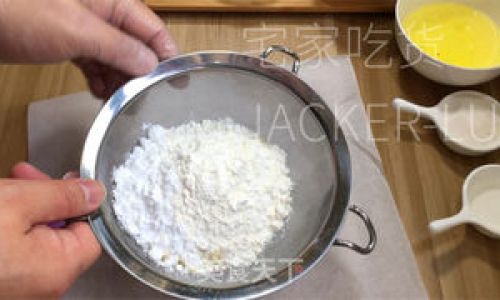
Ingredients
-
For the Meringue Layers:
- 6 large egg whites (at room temperature)
- 1 ½ cups (300g) granulated sugar
- 1 ½ cups (150g) powdered sugar
- 2 cups (200g) finely ground almonds (or hazelnuts, pistachios, or a mix)
- 2 tablespoons cornstarch
- 1 teaspoon vanilla extract (optional)
- Pinch of salt
-
For the Filling (choose one or create your own):
- Coffee Buttercream: 1 cup (226g) unsalted butter, 3 cups (360g) powdered sugar, 2 tablespoons espresso or strong coffee, 1 teaspoon vanilla extract.
- Chocolate Ganache: 8 oz (226g) dark chocolate, 1 cup (240ml) heavy cream.
- Fruit Compote: 2 cups fresh berries (e.g., strawberries, raspberries), ¼ cup (50g) granulated sugar, 1 tablespoon lemon juice.
Tools
- Stand mixer or electric hand mixer
- Baking sheets (2–3, depending on oven size)
- Parchment paper
- Piping bag with a large round tip (optional)
- Offset spatula
- Fine-mesh sieve
- Food processor (for grinding nuts)
- Kitchen scale (for accuracy)
- Cooling rack
Step-by-Step Preparation
Preparing the Nut Mixture
The foundation of dacquoise lies in its nut-rich meringue layers. Begin by toasting your nuts to enhance their flavor:
- Preheat the oven to 350°F (175°C).
- Spread almonds (or chosen nuts) evenly on a baking sheet and toast for 8–10 minutes until fragrant and lightly golden.
- Allow nuts to cool completely, then grind them in a food processor until they resemble fine sand. Avoid over-processing, as nuts can release oils and become clumpy.
- Sift the ground nuts through a fine-mesh sieve to remove any larger pieces. Combine with cornstarch and set aside.
Crafting the Meringue
The meringue is the heart of dacquoise. Achieving stiff, glossy peaks requires patience and attention to detail:
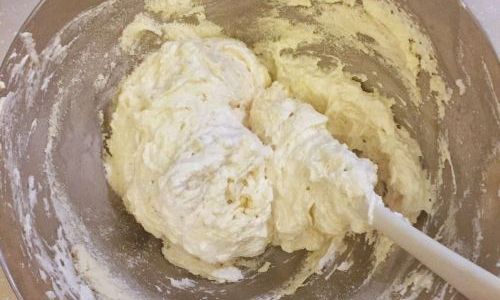
- Separate egg whites while cold, then allow them to reach room temperature (this helps stabilize the meringue).
- In a clean, grease-free bowl, whip egg whites and salt on medium-low speed until frothy.
- Gradually add granulated sugar, 1 tablespoon at a time, while increasing speed to medium-high. Continue whipping until stiff peaks form—the meringue should hold its shape when the whisk is lifted.
- Gently fold in vanilla extract (if using) and the sifted nut-cornstarch mixture using a rubber spatula. Do not overmix, as this will deflate the meringue.
Shaping the Layers
Dacquoise layers can be piped or spread into discs. For uniformity, use a template:
- Trace 8-inch (20cm) circles on parchment paper and place them on baking sheets.
- Fill a piping bag with the meringue and pipe concentric circles to fill each template. Alternatively, use an offset spatula to spread the meringue evenly.
- Optional: Sprinkle additional ground nuts over the surface for texture.
- Bake at 225°F (107°C) for 1.5–2 hours. The low temperature slowly dries the meringue, resulting in a crisp texture. The layers are done when they peel easily from the parchment and feel dry to the touch.
- Cool completely on a wire rack.
Preparing the Filling
While the layers bake, prepare your chosen filling:
Coffee Buttercream:
- Whip softened butter until creamy.
- Gradually add powdered sugar, followed by espresso and vanilla. Beat until light and fluffy.
Chocolate Ganache:
- Chop chocolate into small pieces and place in a heatproof bowl.
- Heat cream until simmering, then pour over chocolate. Let sit for 5 minutes, then stir until smooth.
- Cool to room temperature before using.
Fruit Compote:
- Combine berries, sugar, and lemon juice in a saucepan. Simmer until thickened, then cool.
Assembling the Dacquoise
The final step is where magic happens. A sturdy base and even filling distribution are critical:
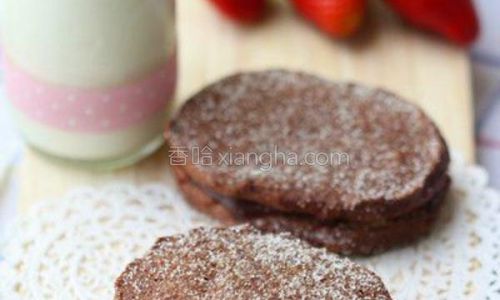
- Place one meringue layer on a serving plate.
- Spread a generous layer of filling (e.g., buttercream) evenly, leaving a ½-inch border.
- Top with the second layer and repeat. For a three-layer cake, alternate fillings or stick to one flavor.
- Optional: Frost the sides with a thin layer of filling for a “naked cake” effect, or leave bare to showcase the layers.
- Chill for at least 2 hours to set, allowing flavors to meld.
Variations and Customizations
Dacquoise’s versatility shines through endless adaptations:
- Nut Swaps: Replace almonds with hazelnuts, pistachios, or walnuts. For a nut-free version, use toasted coconut or sesame seeds.
- Flavor Infusions: Add 1 tablespoon of espresso powder, cocoa, or matcha to the meringue.
- Fillings: Experiment with pastry cream, lemon curd, or whipped mascarpone.
- Decorative Touches: Garnish with gold leaf, edible flowers, or a dusting of cocoa powder.
Expert Tips for Success
- Humidity Control: Meringue absorbs moisture, so bake dacquoise on a dry day. Store assembled cakes in airtight containers.
- Egg Whites: Use fresh eggs for the best volume. Separate whites carefully—even a drop of yolk can hinder whipping.
- Baking Time: If the meringue browns too quickly, reduce oven temperature by 10°F (5°C).
- Layer Thickness: Thinner layers (¼-inch/0.6cm) bake faster and remain crisper.
- Troubleshooting:
- Weepy Meringue: Overmixing or under-baking.
- Sticky Layers: Insufficient drying time.
- Cracked Layers: Rapid temperature changes; cool in the oven with the door ajar.
Serving and Storage
Dacquoise is best enjoyed within 24–48 hours of assembly, though unfilled layers can be stored in an airtight container for up to a week. Serve at room temperature to soften the filling slightly, pairing with a bold espresso or dessert wine. For a dramatic presentation, torch the edges of the cake with a kitchen torch for a caramelized finish.
Conclusion
Crafting dacquoise is an exercise in patience and precision, but the results are nothing short of spectacular. This dessert, with its harmonious blend of crunch and creaminess, elevates any occasion from casual gatherings to elegant soirées. Whether you adhere to the classic recipe or venture into creative variations, the journey of mastering dacquoise is a delicious one. So, preheat your oven, embrace the process, and savor the sweet reward of your labor. Bon appétit!
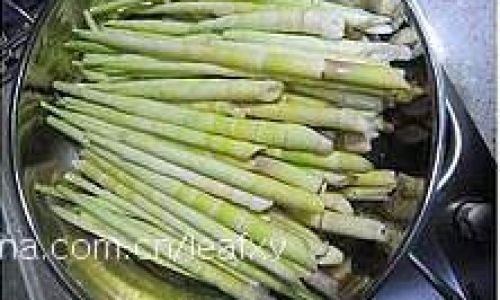
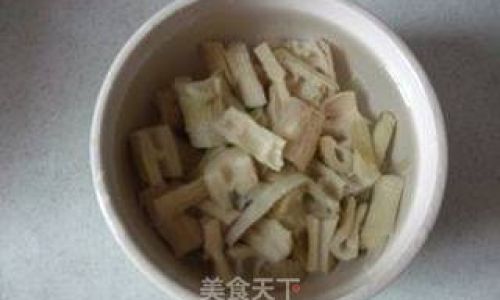
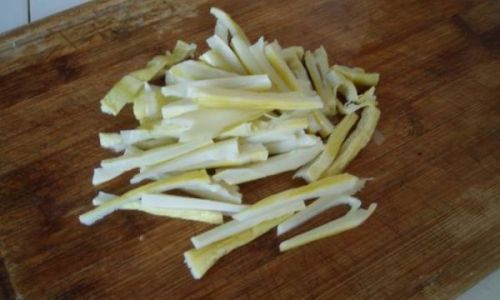


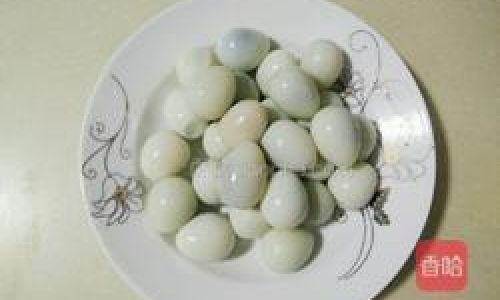
0 comments